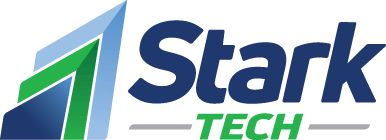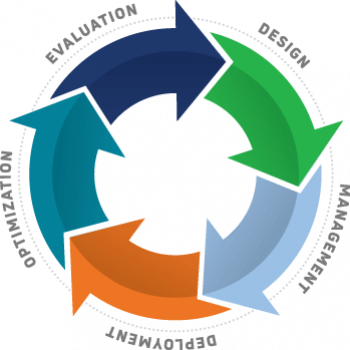According to a poll conducted in 2021 by EdChoice, “2021 Schooling in America,” a Safe Environment landed in the top five factors that parents consider when sending their child to a public school, and was second only to Academic Quality or Reputation. “From 2019 to 2020, all sectors saw an increase in the share of parents indicating “safe environment” was a top reason they chose their school.”
Due to the increase in school targeted violence over the past few years, school districts are pressed to review their Emergency Operations Plan (school EOP) to ensure that they have all the necessary resources to properly prepare, respond, and react in emergency situations.
Investing in Protective Systems
There is a suite of resources available for school districts to increase safety and security in school buildings and grounds. These resources range from access controls and crisis management systems to intrusion and weapons detection and video surveillance systems. The protective system solutions can integrate into existing building management systems for faster, more efficient response time that can potentially save lives during an emergency. Providing these additional layers of protection keeps students and staff safe and focused by granting them the opportunity to learn in a fully protected environment.
In some cases, school districts will invest in additional measures to double down on safety and security with intrusion detection and weapons detection systems. These systems are designed to detect mass casualty weapons and prevent intruders from entering into school buildings. However, some systems are bulky, intimidating, and difficult to set up when space restraints and electrical connections are required.
The Solution: OPENGATE Weapons Detection System
OPENGATE is a groundbreaking weapons detection system designed for the automatic screening of people in transit for the detection of mass casualty metal threats such as high caliber assault weapons and Improvised Explosive Devices (IED). The system scans the individual and any bags, backpacks, or luggage in their possession.
Unlike standard metal detector gates, OPENGATE does not require a mechanical and electrical connection between the two transducers that define the passageway. In simple terms: OPENGATE is portable, easy to set up, and ready to use with no installation required. It is the first wire-free screening portal consisting of two independent self-powered pillars.
The system’s structure makes it suitable for both indoor and outdoor operations. At just 25 pounds, it is extremely portable, allowing for quick relocation when checkpoints must be moved in an emergency.
Detection and signaling parameters can be easily set using the OPENGATE App, designed for smartphones or tablets based on Android iOS operating systems.
Request a quote
Or give our office a call: 716.693.4490
CEIA USA is a manufacturing company specializing in the design, engineering, and production of Metal Detectors and Electromagnetic Inspection Devices. Stark Tech’s master system integrators work with CEIA USA to incorporate these systems into building security infrastructure to protect your property, investments, and the occupants of your buildings. With nearly a dozen applications to achieve building security, our award-winning service professionals can provide responsive solutions such as intrusion detection and alarms to preemptive applications, such as access controls and visitor management.




